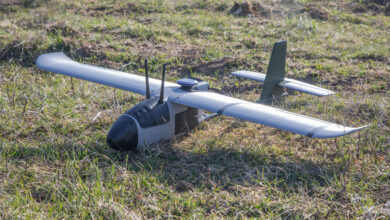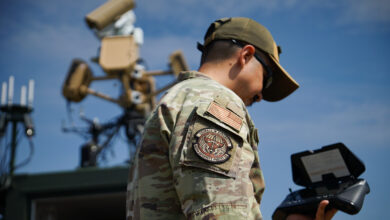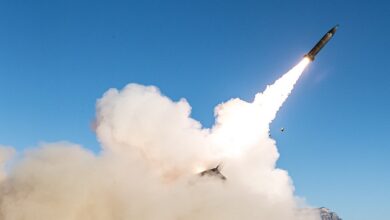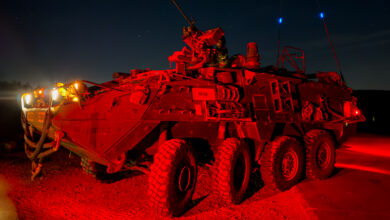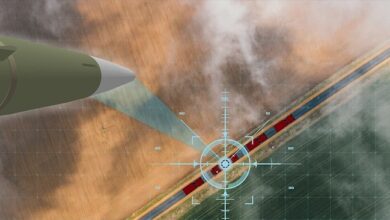
After more than two decades of the Global War on Terror, the United States is now in the third stage of what is called General Adaptation Syndrome.
This 1936 theory outlines a body’s response to stress, dividing it into three phases: alarm reaction, resistance, and exhaustion. Irrespective of one’s personal views concerning the American military withdrawal from Afghanistan, it is clear that the broader national mood has been one of jaded relief.
For this reason, the military must now prioritize the triage of its wounds, be they image-based, personal, or professional.
In a military transitioning its focus from counter-insurgency to global peacekeeping, mentorship within the ranks is more necessary than ever.
Origins of Mentorship
A brief reminder of the origins of the term mentorship may underscore its relevance in the present context.
Homer’s The Odyssey develops its protagonist Odysseus through his eponymous voyage with the assistance of peers and adversaries. However, it is the growth that Odysseus’ son, Telemachus, receives from the wise Mentor that truly reveals the benefit of a constructive mentor in one’s journey.
Mentor, a wizened advisor to Odysseus, encouraged Telemachus to achieve personal growth by defending his mother from power-hungry suitors during Odysseus’ extended absence during the Trojan War.
Mentor eventually reveals his identity to be none other than Athena, the Greek Goddess of Wisdom. This explicit tie between wisdom and the capacity for mentorship may be overdrawn, but the roots are crucially revealing.
Military Mentors
Military mentors are not just capable of but willing to share their personal and professional experience with those in their immediate proximity. A mentee is ready and willing to receive and implement this advice, both on-duty and off-duty.
Mentorship can be separated into three broad categories: a superior offering mentorship to a subordinate; a subordinate requesting mentorship from a superior; or, optimally, a mutually developmental subordinate/superior bond.
The first two examples are largely one-dimensional and can be difficult to balance. A superior service member dedicating time out of their schedule to offer advice to a less experienced service member can easily come across as favoritism, just as a junior service member asking a senior for counsel may appear sycophantic.
While both situations are ostensibly positive, the aphorism “perception is reality” requires a bilateral exchange of ideas to ensure that a mentorship relationship is amenable and beneficial to both parties involved.

Capability Gap
Military mentorship has been a topic of conversation for as long as the rank structure has existed, yet there is still a shortage of research and published findings on the topic.
Formal Mentoring in the U.S. Military – Evidence, Lingering Questions, and Recommendations, published in the 2010 Naval War College Review, cites the contrast between disproportionately high rates of mentorship in senior-ranking officers and strikingly low rates among junior officers.
While over 87 percent of Naval flag officers received mentorship at some point in their careers, less than 50 percent of US Naval Academy midshipmen were able to identify a strong mentor during their undergraduate experience within weeks of graduation.
None of the war colleges from other branches of service have offered published insights into mentorship. Minimizing this gulf between junior officers’ receipt of mentorship and senior officers’ experience is a crucial capability gap in the military.
A post-Global War on Terror military must prioritize talent recognition and cultivation through developmental mentorship bonds to encourage future service members’ commitment to the profession.
Making Mentorship a Priority
The US Army already publicizes mentorship through its online Army Career Tracker and the textual Army Mentorship Handbook, yet neither of these measures has attained public acceptance or even widespread awareness.
An optimal solution to a lack of military mentorship is to begin with an entirely fresh look at mentor/mentee relationships. Forums for contemporary mentorship vary widely from book clubs to Outlook 365 chat rooms, yet there is a military-wide discordance between the vital importance of mentorship and its poor implementation that dooms the situation to failure without significant adjustments.
Adding a section to a Non-Commissioned Evaluation Report or Officer Evaluation Report requesting input from randomly selected subordinates is a potential starting point for a military that needs to include mentorship as one of its highest priorities.
Wisdom gone unshared does nothing to benefit an organization. The military should immediately engage in a careful analysis of how to foster a culture of two-way mentorship throughout its ranks as it moves forward to new challenges.
 William H. Scott is an Army Captain currently attending the Military Intelligence Captain’s Career Course in Fort Huachuca, Arizona. He has served in the Second Cavalry Regiment, deployed in support of Operation Enduring Freedom, and is honored to be an inbound Rakkasan with the Third Brigade Combat Team at Fort Campbell, Kentucky in January 2022.
William H. Scott is an Army Captain currently attending the Military Intelligence Captain’s Career Course in Fort Huachuca, Arizona. He has served in the Second Cavalry Regiment, deployed in support of Operation Enduring Freedom, and is honored to be an inbound Rakkasan with the Third Brigade Combat Team at Fort Campbell, Kentucky in January 2022.
The views and opinions expressed here are those of the author and do not necessarily reflect the editorial position of The Defense Post.
The Defense Post aims to publish a wide range of high-quality opinion and analysis from a diverse array of people – do you want to send us yours? Click here to submit an op-ed.




